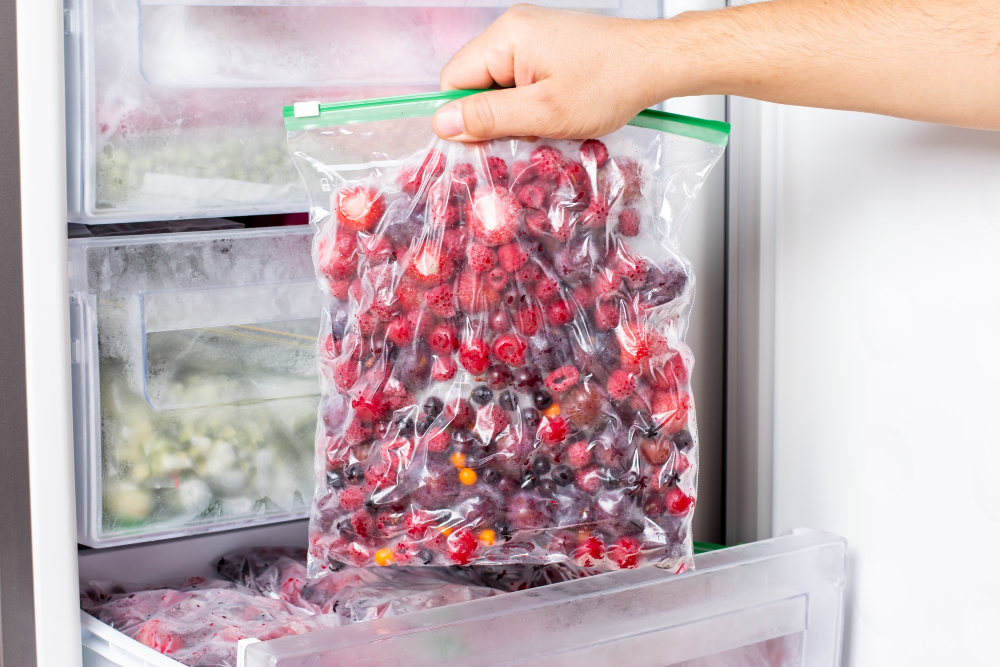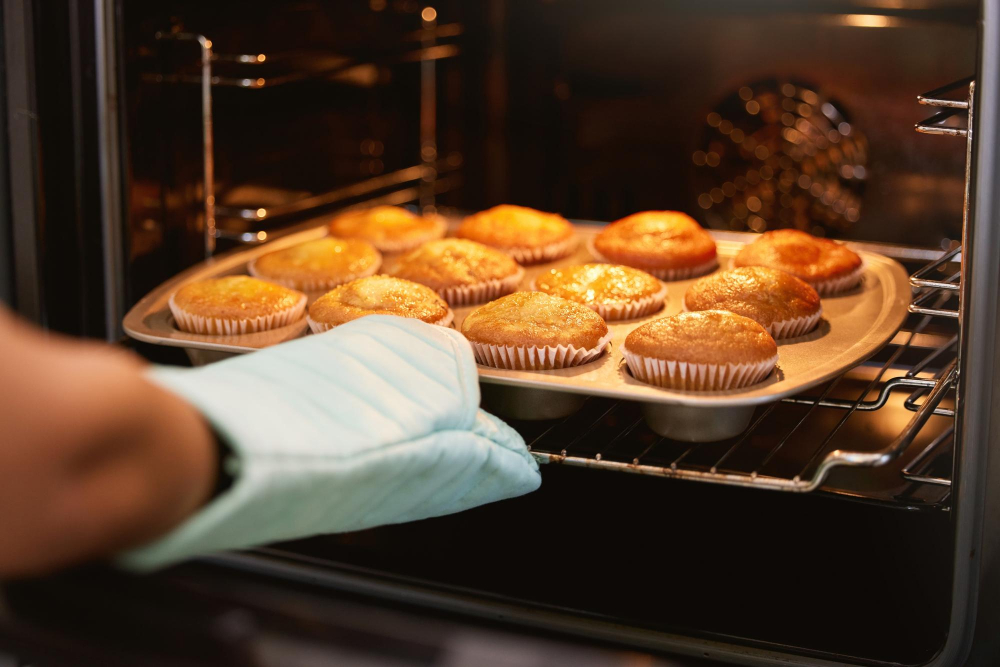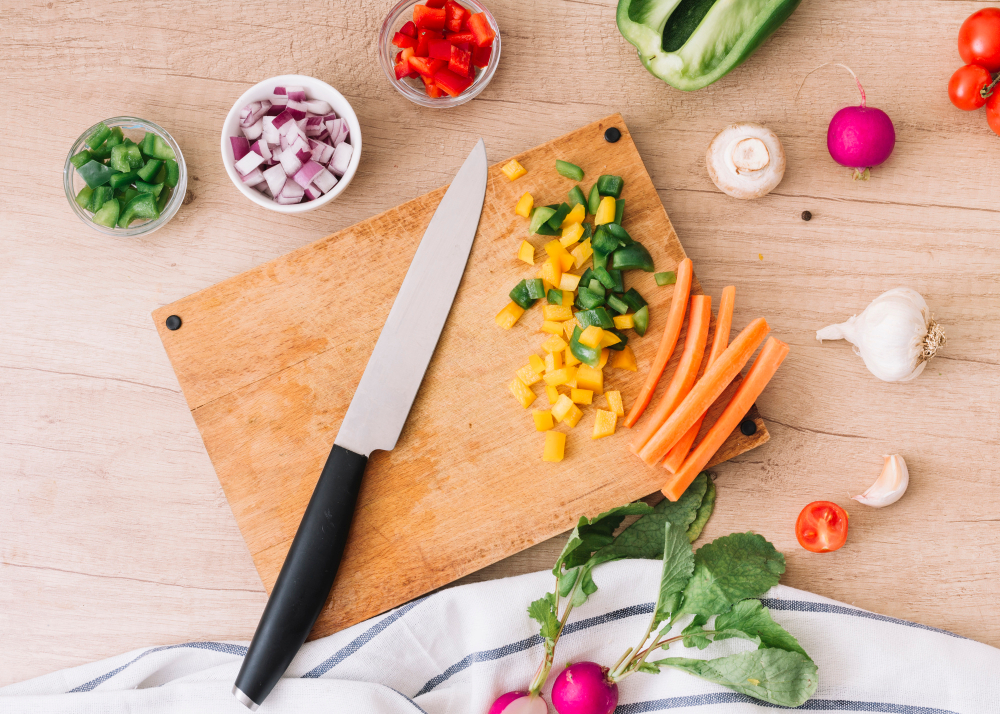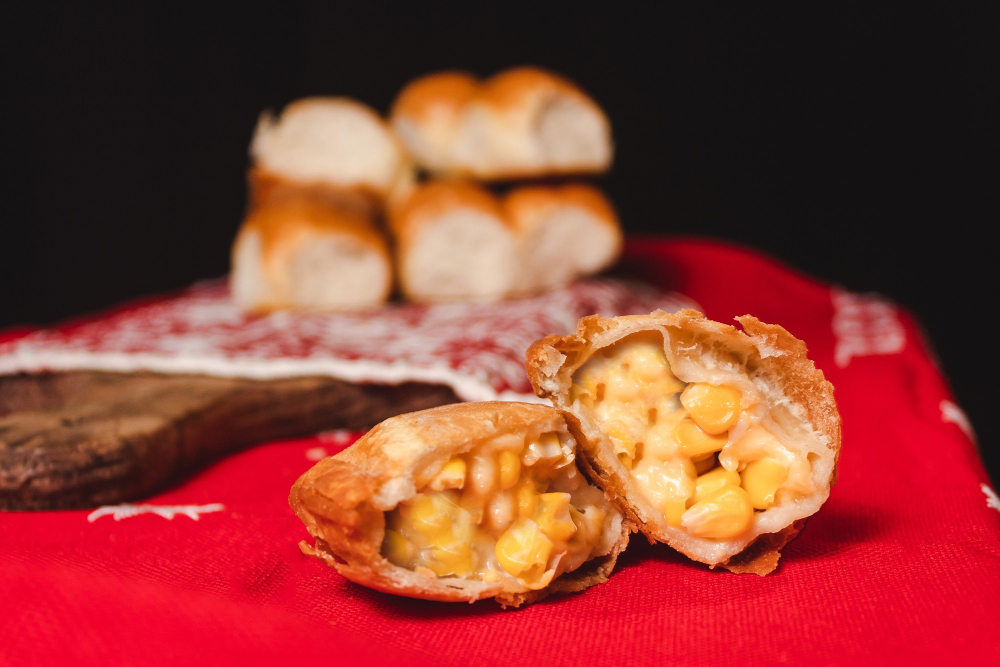Last updated on
Discover innovative alternatives to electric mixers that will make your baking and cooking experiences more enjoyable and efficient.
Are you tired of using the same old electric mixer for all your baking needs? Do you want to try something new and save some money at the same time? Look no further! In this article, we’ll explore 20 alternative ways to mix your ingredients without breaking the bank. From hand mixing to using unconventional tools, we’ve got you covered.
So put down that electric mixer and let’s get creative in the kitchen!
Whisk
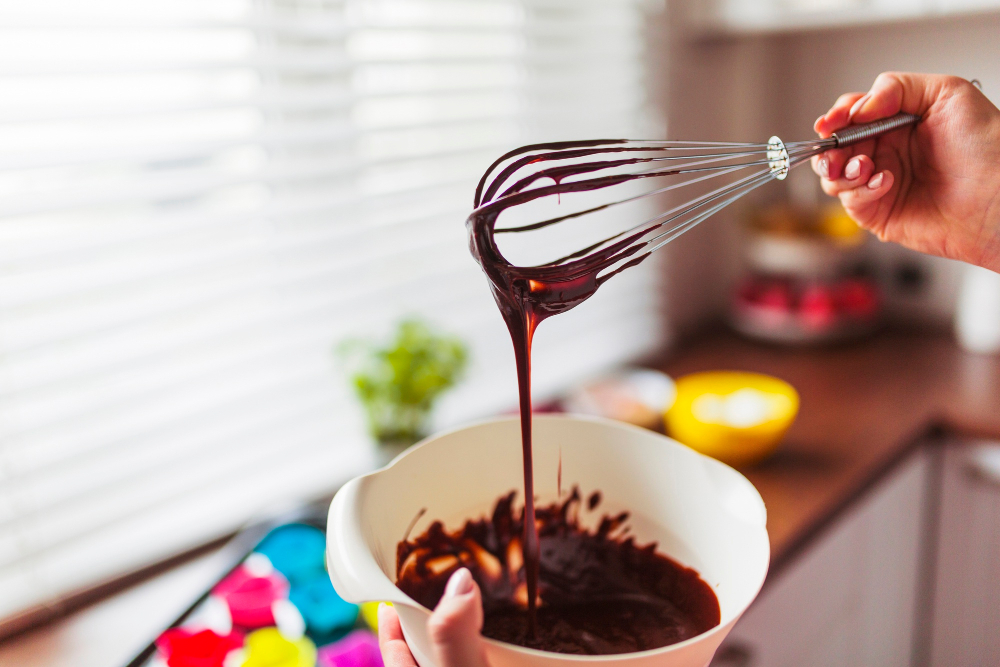
Whisk is a classic and effective alternative to an electric mixer. It’s perfect for mixing eggs, cream, or any other liquid ingredients that need to be whipped up quickly.
A whisk can also be used for dry ingredients such as flour and sugar if they are sifted first. The key to using a whisk effectively is to use quick circular motions while applying pressure downwards on the mixture in the bowl.
This will help incorporate air into your mixture which will result in light and fluffy texture when baked or cooked.
Fork
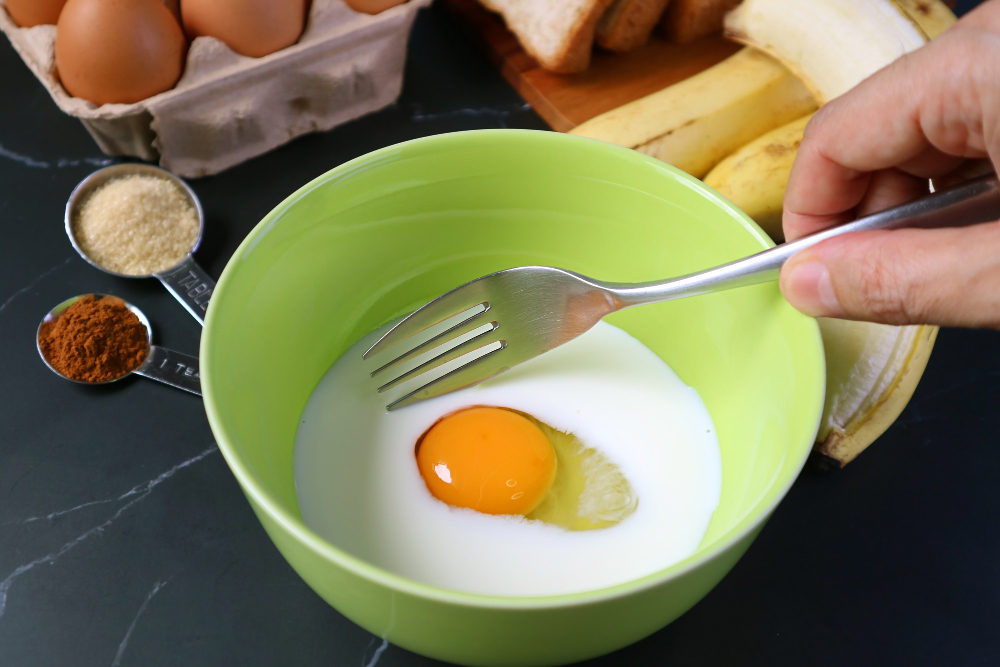
It’s perfect for small batches of ingredients and can easily mix wet or dry ingredients together. Simply hold the fork in one hand and use it to whisk the mixture in a circular motion until well combined.
This method may take longer than using an electric mixer, but it’s effective nonetheless, especially when you’re short on time or don’t have access to one. Plus, there are no extra dishes to clean up!
Hand Beater
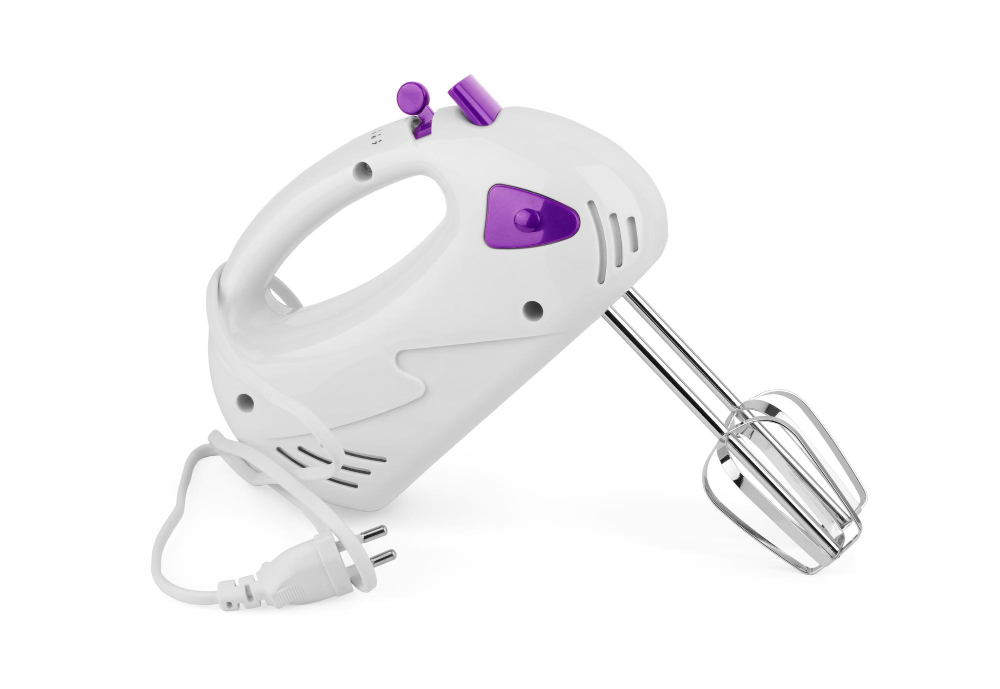
It’s affordable, easy to use and clean, and can handle most mixing tasks. Hand beaters come in different sizes and shapes, but they all work the same way: you hold the handles with one hand while turning the crank with the other hand.
The beaters rotate inside a bowl or container, whipping air into your ingredients for fluffy cakes or meringues.
To get started with a hand beater:.
- Choose a sturdy model that feels comfortable in your hands.
- Use deep bowls to prevent splatters.
- Start on low speed before increasing gradually as needed.
- Keep an eye on your mixture so it doesn’t overmix.
Blender
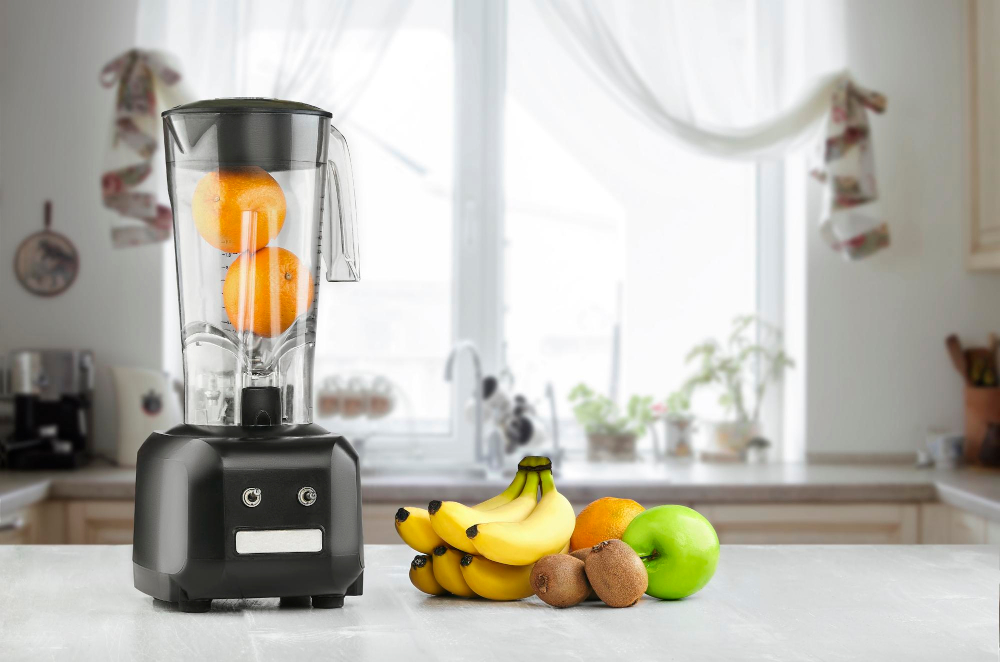
It works well for mixing liquids and soft ingredients, such as eggs, milk, and cream. To use a blender in place of an electric mixer, simply add the ingredients to the blender jar and blend until smooth.
One advantage of using a blender is that it’s easy to clean up afterward since you only need one container instead of multiple attachments. Blenders are often more affordable than stand mixers or hand mixers.
However, keep in mind that blenders may not work well for thicker batters or doughs because they lack the power needed to handle these types of mixes effectively.
Food Processor
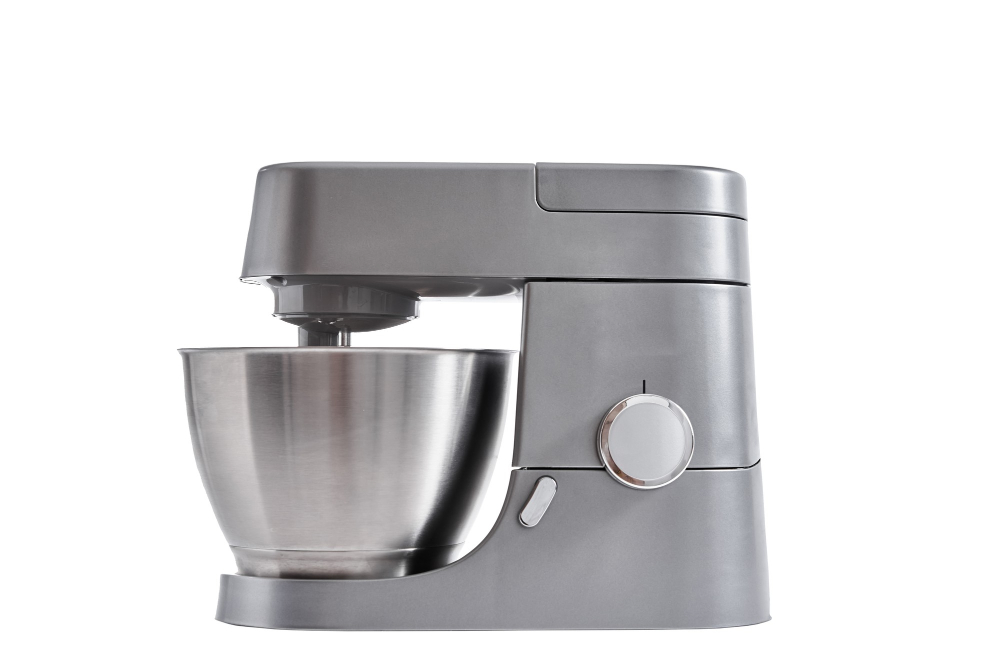
It comes with different blades and attachments that allow you to chop, slice, shred or puree your ingredients. To use it as an alternative to an electric mixer, simply attach the blade suitable for mixing and pulse until the desired consistency is achieved.
A food processor works best when dealing with thicker mixtures such as cookie dough or cake batter but may not be ideal for lighter mixes like whipped cream or meringue. However, if you don’t have access to an electric mixer and need something more powerful than a hand whisker or fork – a food processor could do the trick!
Mortar and Pestle

It consists of two parts: a bowl-shaped mortar made of stone or ceramic and a club-shaped pestle. To use it as an electric mixer alternative, place the ingredients in the mortar and use the pestle to grind them into a smooth paste or mixture.
This method works well for small quantities of ingredients such as spices, herbs, garlic cloves or ginger root. Mortar and pestles are also great for making homemade salad dressings or marinades by crushing fresh herbs with oil until they release their flavors into your dish!
Rolling Pin Method
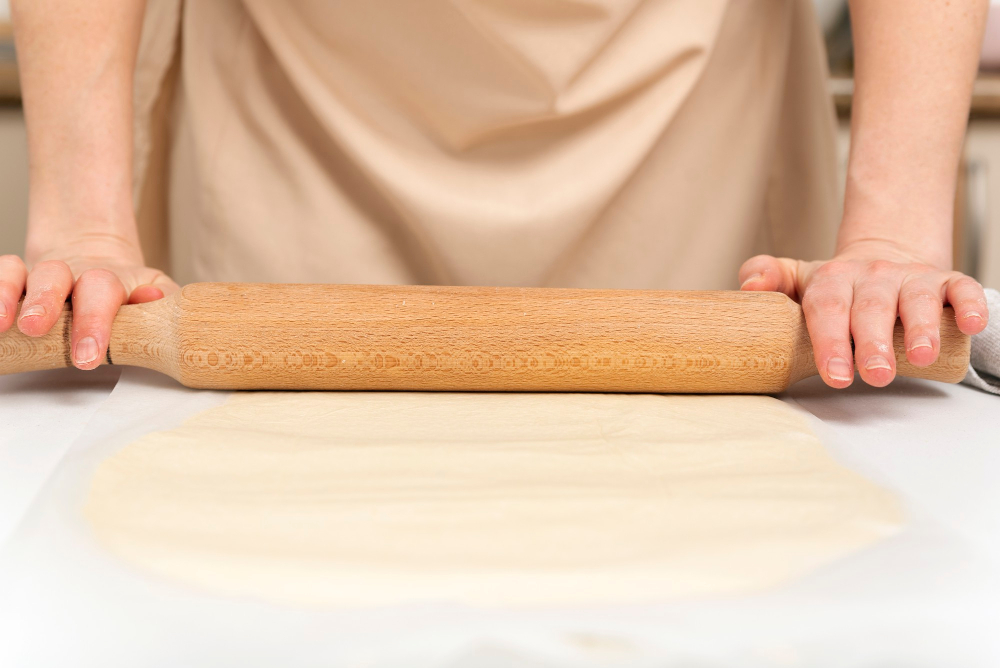
Simply place your ingredients in a mixing bowl and use a rolling pin to knead the dough until it reaches the desired consistency. This method requires some elbow grease, but it’s also quite therapeutic! Plus, you don’t have to worry about over-mixing your dough like you might with an electric mixer.
The rolling pin method is perfect for making pie crusts, biscuits, and other baked goods that require flaky or crumbly textures. Just be sure not to press too hard on the dough or else you’ll end up with tough results!
Shake in a Jar

All you need is a jar with a tight-fitting lid. Add all your ingredients to the jar and shake it vigorously until everything is well combined.
This method works best for liquid mixtures like salad dressings, marinades or even pancake batter! Just make sure that your jar has enough space for shaking without spilling over. You can also use different sized jars depending on how much mixture you want to prepare at once!
Recap
Liked this article? Here's what you can read next:
